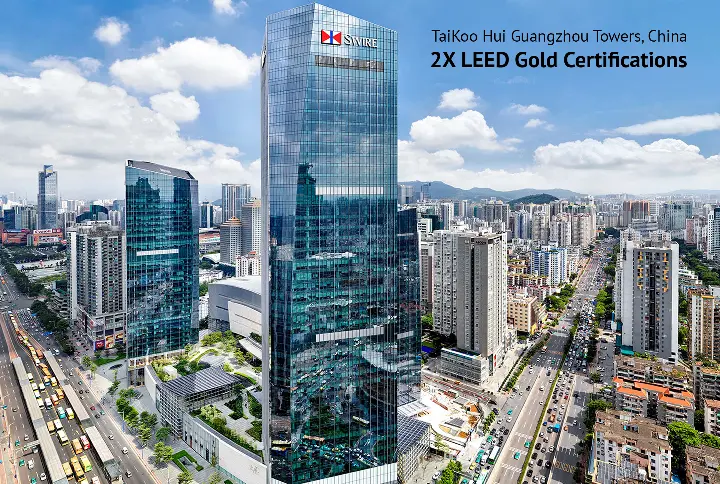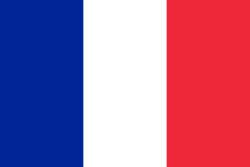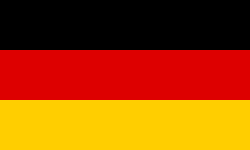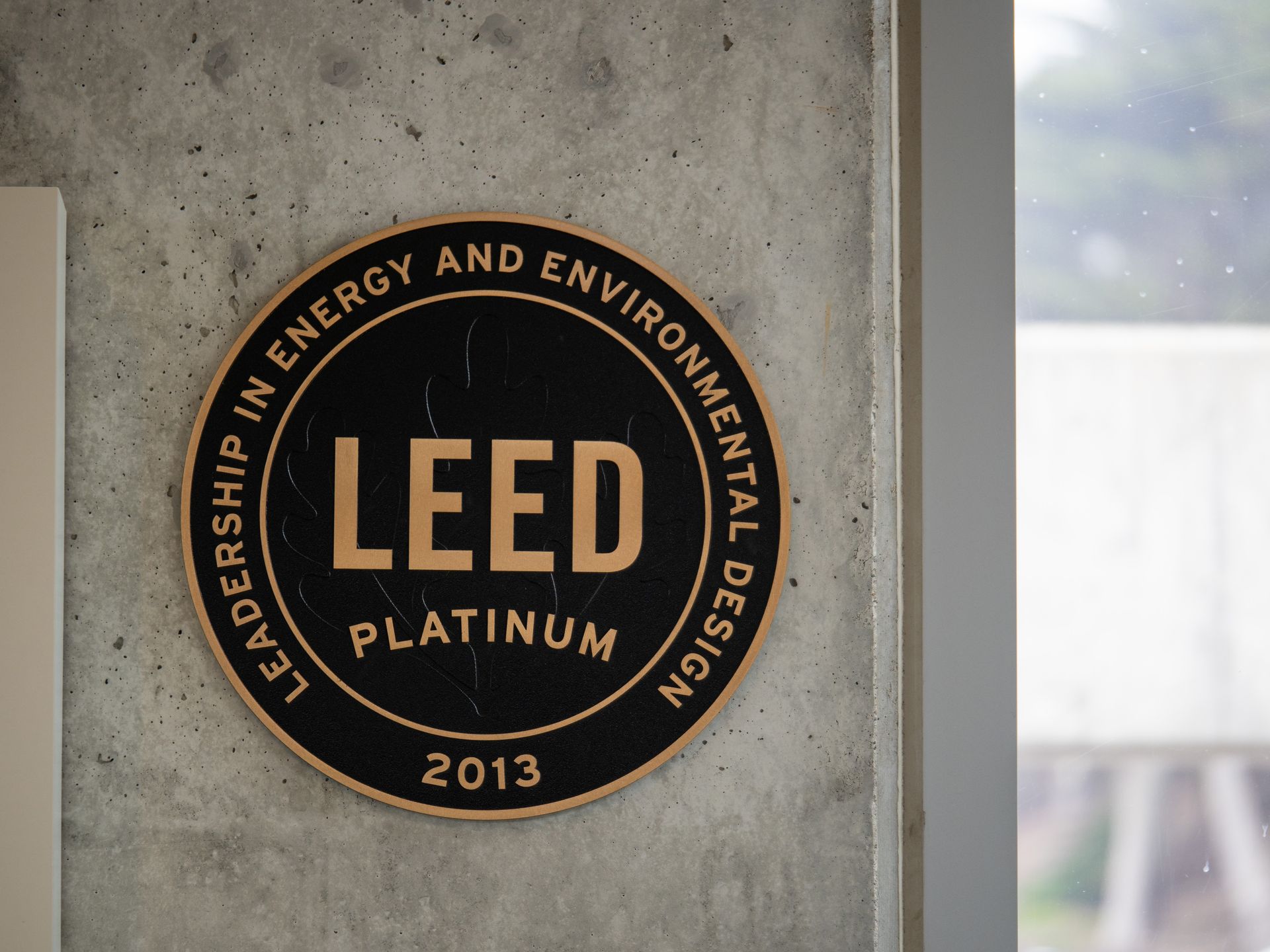Einführung
If you’ve ever wondered how furniture, lighting, or finishes can actually contribute to a building’s LEED certification, you’re not alone. Most people assume LEED is all about energy systems, HVAC efficiency, or solar panels. While those systems are important, the reality is that the right FF&E (furniture, fixtures, and equipment) can make a surprisingly big difference—and as a sourcing professional, architect, or interior designer, knowing this gives you an edge when planning your project.
In this post, we’ll break down how sourcing from China can help you earn LEED points, explain which products impact which credits, share practical tips on documentation, and give you a roadmap for collaborating with suppliers. Whether you’re designing a luxury residential development, a commercial office, or a boutique hotel, this guide will help you align procurement with sustainable building goals.
What LEED Really Means for Procurement and Design Professionals
LEED, which stands for Leadership in Energy and Environmental Design, is a voluntary, third-party green building rating system run by the U.S. Green Building Council (USGBC).
Projects earn points across categories such as:
- Energy and Atmosphere – including efficiency and renewable energy
- Water Efficiency – indoor and outdoor water reduction strategies
- Materials & Resources (MR) – responsible sourcing, recycled content, and transparency
- Indoor Environmental Quality (IEQ) – low-emission materials and indoor air quality
- Waste Management / Construction & Demolition – reduction, diversion, and take-back programs
- Innovation / Regional Priority – unique strategies or location-specific sustainability efforts
The total points determine a project’s certification level:
- Certified: 40–49 points
- Silver: 50–59 points
- Gold: 60–79 points
- Platinum: 80+ points
(Points thresholds vary depending on LEED version and project type—BD+C, ID+C, O+M, or Homes.)
For architects and interior designers, the key takeaway is that FF&E selections can impact multiple categories simultaneously, including Materials & Resources, Indoor Environmental Quality, Energy & Atmosphere, and even Innovation credits if you implement take-back or circular economy strategies.

Why FF&E Matters in LEED
When you think “green building,” furniture or finishes might not be the first things that come to mind. But in most LEED projects, FF&E plays a crucial role. Designers and procurement teams often overlook that low-emitting furniture, lighting controls, and responsibly sourced materials directly influence certification points.
1. Materials & Resources (MR)
LEED rewards transparency and responsible sourcing. Products that support MR credits include:
- Environmental Product Declarations (EPDs) – lifecycle assessments showing environmental impacts. Architects use them to justify material choices on LEED submissions.
- Health Product Declarations (HPDs) – ingredient transparency, important for Material Ingredients credits.
- Responsible sourcing documentation – FSC-certified wood, verified recycled metals or plastics, and supplier chain documentation.
- Reuse or modular designs – Furniture and millwork that can be reused or disassembled helps support both MR and Innovation credits.
By collaborating with suppliers in China who can provide these documents, you reduce review delays and help your project maintain LEED compliance efficiently.
2. Indoor Environmental Quality (IEQ)
Low-emission products are critical for indoor air quality. Examples include:
- GREENGUARD-certified furniture and finishes
- Low-VOC paints, adhesives, and composite wood products
- Formaldehyde-free panels, casegoods, and flooring
- Lighting and controls that reduce energy consumption and improve occupant comfort
When architects specify these products, they not only support IEQ credits but also create healthier living and working environments—a selling point for luxury residential or premium commercial projects.
3. Energy & Water Efficiency
While many people focus on HVAC or solar panels, FF&E can contribute to energy and water savings:
- Lighting: ENERGY STAR or DLC-certified luminaires, LED troffers, occupancy sensors, and daylighting controls all help optimize energy performance.
- Plumbing fixtures: WaterSense-labeled toilets, faucets, and showerheads reduce indoor water usage and contribute to water efficiency credits.
By including these considerations in the specification stage, architects and designers can document compliance more effectively, saving time during LEED review.
4. Waste Reduction & Innovation
Even packaging and take-back programs count. Suppliers who offer reduced packaging, recyclable materials, or cradle-to-cradle programs can help earn Innovation credits. This is especially relevant for modular furniture or high-end finishes, where large volumes of packaging are typical.
Practical Tips for Sourcing LEED-Compliant Products From China
Many designers and procurement teams are hesitant to source internationally because they fear documentation gaps. Here’s how to make China sourcing LEED-compliant and straightforward:
- Request “LEED Packs” from suppliers
Ask suppliers to provide a single PDF including:- Product datasheet and cut-sheet
- Certificates (EPD, HPD, GREENGUARD, FSC CoC, WaterSense, ENERGY STAR, DLC)
- Lab test reports (LM-79/LM-80, CDPH Section 01350, ASME tests, NFRC for windows/doors)
- Signed manufacturer declaration of responsibility
- Verify emissions compliance
Look for GREENGUARD, FloorScore, or CDPH Section 01350 test reports for low-emitting products. Even textiles, carpets, and adhesives can influence IEQ points. - Confirm responsible sourcing
FSC-certified wood, verified recycled metals, and recycled plastic content can all support Materials & Resources credits. Request supplier chain documentation if direct certification isn’t available. - Check energy and water performance data
For lighting, request LM-79/LM-80 reports and IES files. For plumbing fixtures, confirm WaterSense certification or equivalent testing. - Modular and take-back options
Products that are modular, repairable, or include manufacturer take-back programs support waste diversion and Innovation points.
What Reviewers Expect
LEED reviewers want tangible proof. The following are commonly requested:
- Product cut-sheets, specifications, and technical data
- Third-party certifications (EPD, HPD, GREENGUARD, FSC CoC, DLC, ENERGY STAR, WaterSense)
- Lab test reports (LM‑79/LM‑80, CDPH Section 01350, ASME, NFRC)
- Traceable invoices or chain-of-custody documentation
Self-declared documents help but third-party verified records carry more weight. Working with suppliers who provide verified documentation upfront can make the difference between smooth approval and delays.
Key FF&E Categories Architects Should Consider
Below is a high-level view of what types of products influence LEED credits for designers sourcing internationally:
- Furniture (desks, seating, casegoods): MR (EPD, HPD), IEQ (low emissions), Materials transparency, FSC or recycled content.
- Lighting: EA (efficient), IEQ (lighting comfort), daylighting controls, ENERGY STAR/DLC certification.
- Plumbing fixtures: WE credits through WaterSense certification or equivalent testing.
- Flooring and paints: IEQ low-emitting certifications (FloorScore, CRI Green Label Plus, CDPH), MR credits if recycled.
- Doors & windows: NFRC and energy performance reports, FSC wood or recycled aluminum.
- Textiles & soft furnishings: IEQ low-emitting, MR if recyclable/rapidly renewable, HPD/Declare if available.
- Casework & millwork: MR and IEQ points for low-emitting finishes, FSC wood, EPD/HPD documentation.
- Packaging and take-back programs: Supports waste and innovation credits.
Every LEED project will have its own specific requirements, but nailing these core FF&E categories will usually cover the majority of points relevant to materials and indoor environmental quality.
LEED Sourcing From China: What Architects and Designers Need to Know
Sourcing internationally doesn’t have to be complicated. Designers and procurement specialists should:
- Engage suppliers early in the design phase
- Include LEED requirements in RFQs and tenders
- Request verified documentation upfront
- Use supplier “LEED Packs” to simplify submission
- Prioritize third-party verified certificates (EPD, HPD, GREENGUARD, FSC CoC)
Many Chinese factories are now familiar with LEED-related documentation, especially for high-end furniture, lighting, flooring, and millwork. Collaborating closely with them ensures compliance and can even reduce costs and lead times compared to sourcing locally.
Final Thoughts
LEED isn’t just a certification—it’s a framework that rewards thoughtful, strategic decisions in building design and procurement. As an architect, interior designer, or sourcing professional, your role in FF&E selection can directly influence multiple LEED credits, from Materials & Resources to Indoor Environmental Quality, Energy & Water Efficiency, and even Innovation.
By sourcing thoughtfully from China, requesting proper documentation, and collaborating closely with reliable suppliers, you can:
- Maximize LEED points without costly redesigns
- Ensure your projects meet premium quality standards for luxury residential, commercial, or hospitality developments
- Streamline the review process for both architects and LEED reviewers
- Position your firm or clients as sustainably-minded and forward-thinking
Remember, every project has its own specific requirements, but focusing on core FF&E categories, low-emission materials, and transparent documentation will allow you to meaningfully contribute to most LEED builds.
Working with a sourcing partner who understands LEED inside and out, and can help provide verified documentation from Chinese suppliers, ensures that sustainability goals are not just a checkbox—they become an integrated part of the design and procurement strategy.






